
Quiboloy’s Sexual Abuse Cases Moved to Quezon City
The Philippine Supreme Court has authorized the transfer of sexual…
Read MoreFor any inquiry, email at inquiry@davaocorporate.info

 Explore the “Davao Gulf’s Crown Jewel”: rich history, majestic Mount Apo, vibrant Kadayawan Festival, delicious durian. Discover waterfalls, caves, & cultural experiences and many more!.
Explore the “Davao Gulf’s Crown Jewel”: rich history, majestic Mount Apo, vibrant Kadayawan Festival, delicious durian. Discover waterfalls, caves, & cultural experiences and many more!.


The Philippine Supreme Court has authorized the transfer of sexual…
Read More
Scandals Charges in Davao City: The Davao City Police Office…
Read More
DAVAO CITY POLICE CHIEF – The Police Colonel Richard Bad-ang…
Read More
During the “Aprubado sa Konseho” session on Tuesday morning, May…
Read More
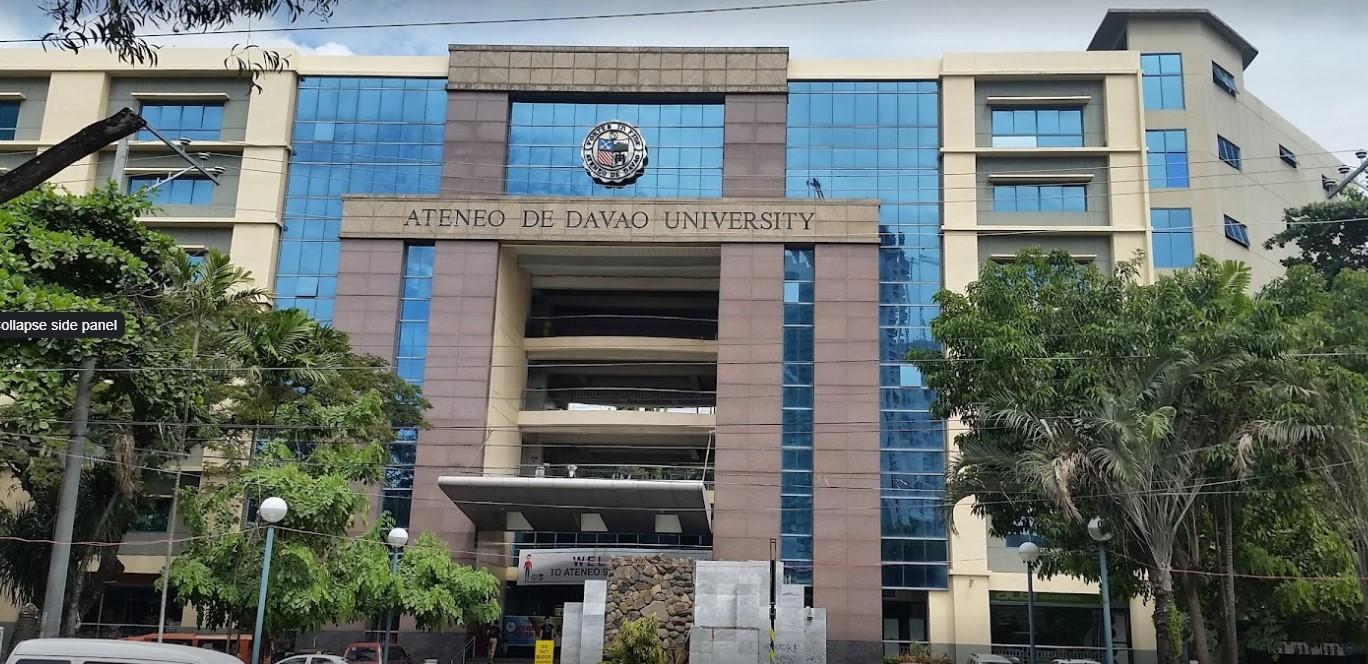

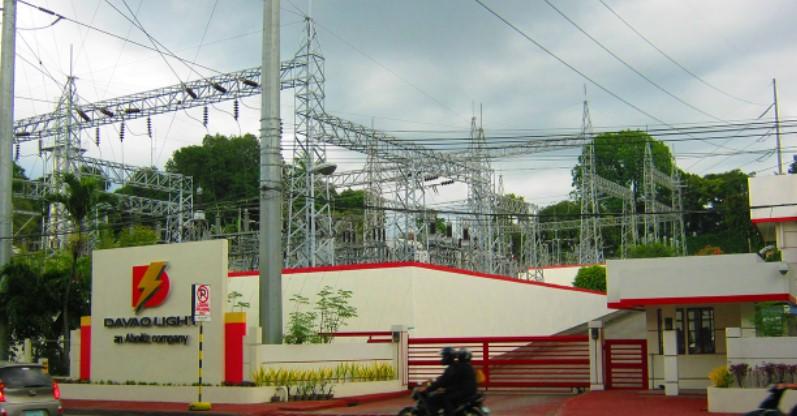
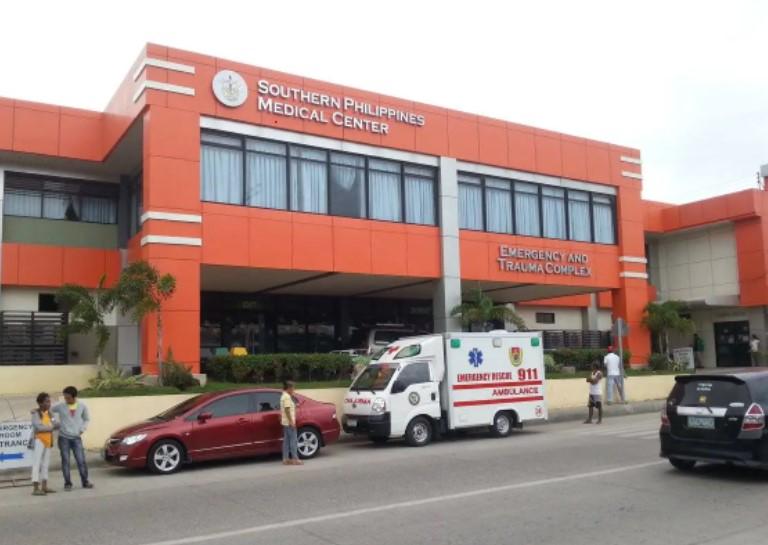
Davao City, nicknamed the “Davao Gulf’s Crown Jewel,” is the largest city in the Philippines by land area and the most populous city in Mindanao. It is a highly urbanized city situated in the southernmost region of the country. Here’s a comprehensive overview of Davao City:
Davao City has a rich history dating back centuries. Early inhabitants included indigenous tribes like the Mandaya, Bagobo, and Tagacaolo. Spanish influence arrived in the 17th century, followed by American colonization in the early 20th century. Post-independence, Davao City experienced rapid growth under the leadership of Mayor Rodrigo Duterte, who served from 1988 to 1998 and 2001 to 2016.
The city boasts a vibrant cultural scene. Islam and Christianity are the dominant religions, with a significant influence from indigenous beliefs and practices. The colorful Kadayawan Festival, held annually in August, celebrates Davao’s diverse cultural heritage. Davaoeños (residents of Davao City) are known for their hospitality, resilience, and strong sense of community.
Davao City sprawls across 2,443.3 square kilometers (943.3 sq mi) on the southeastern coast of Mindanao. Mount Apo, the highest mountain in the Philippines, forms a majestic backdrop to the city. The Davao River, the country’s longest, snakes through the city, providing irrigation and a vital waterway.
Davao City enjoys a tropical rainforest climate with consistent warmth and abundant rainfall throughout the year. Average temperatures range from 25°C (77°F) to 30°C (86°F).
As of 2020, Davao City has a population of approximately 1,697,979, making it the third most populous city in the Philippines. The city exhibits a multicultural and multilingual population, with Cebuano, Tagalog, and Davaoeño (a dialect of Visayan) as the most common languages spoken.
Davao City is a well-connected transportation hub. The Francisco Bangoy International Airport (DVO) offers domestic and international flights. A well-developed network of jeepneys, taxis, tricycles, and buses provides efficient public transportation within the city. For longer journeys, Davao City serves as a gateway to other parts of Mindanao.
Davao City offers a diverse range of tourist attractions catering to various interests:
Davao City is a highly urbanized city governed by a Mayor and a Vice Mayor elected every three years. The current Mayor (as of May 31, 2024) is Sebastian Z. Duterte and Atty. J. Melchor B. Quitain, Jr. for Vice Mayor. The city council comprises elected representatives from various districts.
Davao City is a dynamic and exciting destination with something to offer everyone. From its rich history and vibrant culture to its stunning natural beauty and exciting attractions, Davao City is a must-visit for any traveler exploring the Philippines.
Davao Region covers a total land area of approximately 20,357 square kilometers (7,860 square miles). It is characterized by lush mountains, fertile valleys, coastal plains, and pristine beaches. One of the notable features of the region is Mount Apo, the highest peak in the Philippines, has an elevation of approximately 2,954 meters (9,692 feet) above sea level. Mount Apo is a popular destination for mountaineers and nature enthusiasts, offering breathtaking views and unique biodiversity.
The region is known for its rich agricultural resources, earning it the nickname “Fruit Basket of the Philippines.” Major agricultural products include bananas, durians, pomelos, mangosteens, and coconuts. The agricultural sector plays a significant role in the region’s economy, providing livelihood and employment opportunities for its residents.
Aside from agriculture, Davao Region has a thriving industrial and commercial sector. It is home to various industries, including manufacturing, agribusiness, tourism, information technology, and business process outsourcing. Davao City, in particular, has experienced rapid economic growth and has become a center for trade and commerce in Mindanao.
Davao Region boasts numerous natural attractions, including pristine beaches, waterfalls, hot springs, and diverse marine ecosystems. Some popular tourist spots in the region include Samal Island, Mount Apo, Aliwagwag Falls, Eden Nature Park, and the Davao Crocodile Park.
The region is inhabited by diverse ethnic groups, including indigenous communities such as the Bagobo, Mandaya, Manobo, and Mansaka. These indigenous groups have preserved their cultural heritage, traditional crafts, and rituals.
Davao del Sur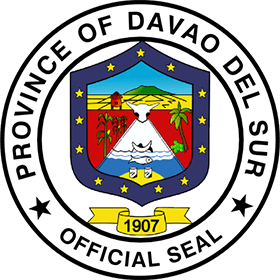
Davao del Sur has a land area of approximately 4,607.59 square kilometers (1,778.97 square miles). The capital city of the province is Digos City, which serves as the administrative, commercial, and cultural center.
The province is known for its diverse natural place, which include mountains, valleys, plains, and coastal areas. One of the prominent features of Davao del Sur is Mount Apo, the highest peak in the Philippines, has an elevation of approximately 2,954 meters (9,692 feet) above sea level. Mount Apo is a popular destination for mountaineers and nature enthusiasts, offering breathtaking views and unique biodiversity.
Agriculture plays a significant role in the province’s economy, with major crops including bananas, coconuts, corn, and rice. The fertile lands and favorable climate make Davao del Sur an ideal location for agricultural production. The province also has a growing tourism industry, attracting visitors with its natural attractions, such as waterfalls, beaches, and diving spots.
Davao del Sur is home to various indigenous communities, particularly the Bagobo and Mandaya tribes. These indigenous groups have preserved their multi-cultural traditions, handicrafts, and rituals, adding to the cultural diversity of the province.
The local government of Davao del Sur, together with national agencies, is committed to promoting sustainable development and improving the quality of life for its residents. Initiatives in infrastructure development, education, healthcare, and social services are continuously being implemented to support the province’s growth.
Overall, Davao del Sur offers a combination of natural wonders, cultural heritage, and economic opportunities, making it an important province in the Davao Region and contributing to the overall development of the Philippines.
Davao de Oro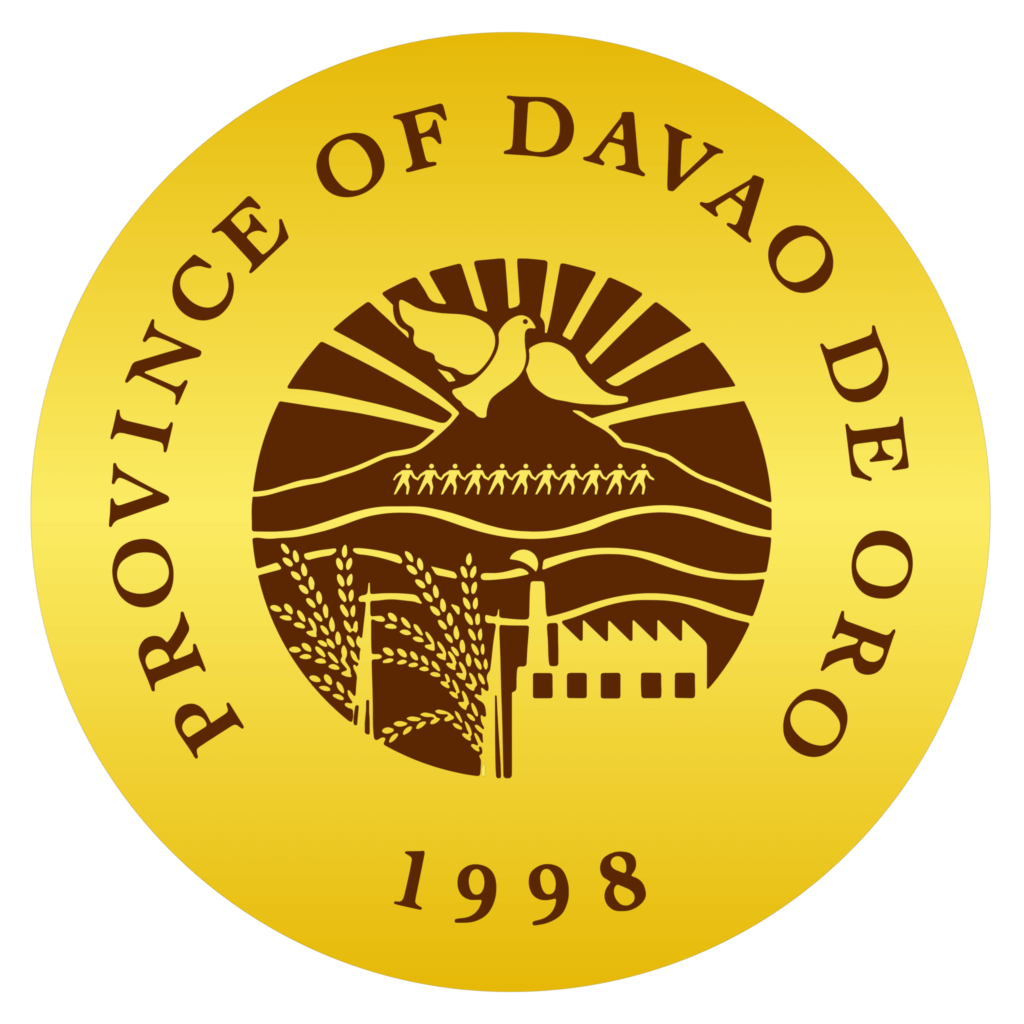
Discover the captivating province, officially known as the Province of Davao de Oro, nestled in the enchanting Davao Region of Mindanao, Philippines. With its vibrant capital city of Nabunturan, this province offers a rich history and cultural heritage. Originally part of Davao del Norte, Davao de Oro became an independent province in 1998, showcasing its unique identity and remarkable beauty. Immerse yourself in the captivating landscapes, delve into its intriguing past, and experience the warmth and hospitality of its people. Embark on a journey of exploration and be captivated by the wonders of Davao de Oro.
Here are some details about Davao de Oro:
Each municipality has its own unique attractions, cultural heritage, and economic activities that contribute to the province’s overall development.
Davao de Oro offers visitors a chance to experience its natural wonders, participate in local festivities, and explore its cultural heritage. Whether you are interested in eco-tourism, adventure activities, or immersing yourself in the local culture, Davao de Oro has something to offer for every traveler.
Davao del Norte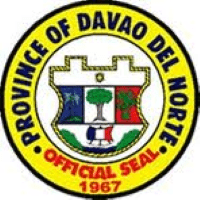
Davao del Norte is known for its diverse natural places, including fertile plains, mountains, and coastal areas. It is home to the majestic Mount Apo, the highest peak in the Philippines, which is a popular destination for hikers and nature enthusiasts.
The province’s capital is Tagum City, which serves as its political and economic center. Other key municipalities in Davao del Norte include Panabo City, Island Garden City of Samal, and the towns of Carmen, Kapalong, and New Corella, among others.
Davao del Norte’s economy primarily relies on agriculture, with major crops including bananas, coconut, rice, corn, and various fruits. The province also has a growing tourism industry, attracting visitors with its beautiful beaches, waterfalls, hot springs, and cultural heritage. Davao del Norte is a province located in the Davao Region of the Philippines.
Here are some key details about the province:
These municipalities are:
These municipalities offer different attractions, economic activities, and cultural heritage, contributing to the overall diversity and development of Davao del Norte.